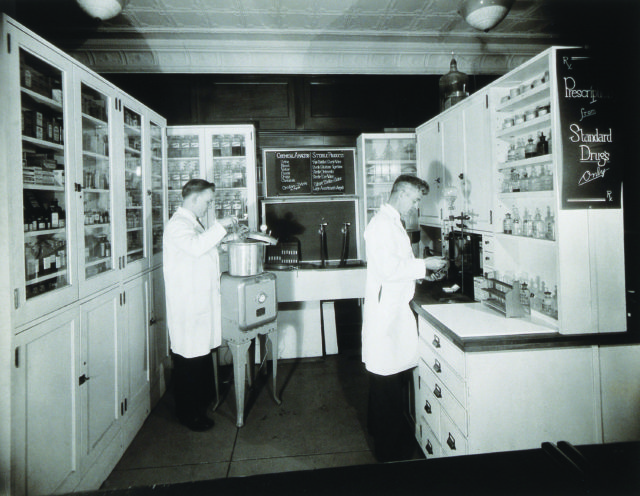
One of the most difficult issues in Colorado’s legal marijuana industry is the regulation of marijuana edibles. There is a risk that unpracticed (or hungry) adults or unsuspecting children will get into edibles and eat more than they need or want. Next thing you know, patients or consumers find themselves having overdosed. Although this is not life threatening, they are high out of their gourds.
I get it. If I sat down to eat cookies, chocolate chip or marijuana, chances are I would eat more than one because I really like cookies. And yes, I have also gotten way too high for exactly this reason. This situation presents a fundamental conflict between wanting to have an intake form that is user-friendly and not wanting to tread into the distinct domain of food, of which people have very different habits.
This issue comes with its fair share of controversy as safety concerns reign supreme in the marijuana market and regulators scramble to refine marijuana codes to make oral intake more predictable and sure. The state regularly updates its rules for edible sales and manufacturing, with the most recent round of changes to include on-product stamping and dividing all edibles into 10 mg doses.
Although the edibles problem is being explored and managed in the political and industry spheres, it actually lies in the domain of pharmaceutical compounding and pharmacokinetics, the science and art of preparing personalized medications for patients. No one is better prepared to manage or make recommendations about oral ingestion than someone who studies the way in which the body intakes and absorbs substances.
Peter Rice, professor at the University of Colorado’s Skagg School of Pharmacy and Pharmaceutical Sciences, oversees the department’s electives in compounding. I called him because I wanted to look at the edibles problem from the academic and theoretical side, in order to add a much-needed foundation to the political conversations around the issue.
Rice says that when you are putting together a dosage form, the primary concerns are therapeutic and scientific. For example, dosage forms are based on how rapidly you want the drug to get into the body. A solution will always be absorbed more rapidly than a suspension, more rapidly than a capsule, more rapidly than a tablet, more rapidly than a topical. But in addition to these scientific concerns are market motivators, which is where much of the nuance comes in.
“Companies want dosage forms that are going to be bought by the public,” Rice says. “One of the things that I find most interesting is that there are certain aspects of marketing that help a dosage form work better; there are certain colors that work best. Antidepressants work best when they are pink or light blue. Pain meds work best when they are bright red. The colors say something to the patients.”
There is a thin line between the scientific and marketing components of drug compounding, in pharmaceuticals and in marijuana, that tend to fall in the domain of ethics, such as whether or not it is OK to create an amphetamine for kids in a yummy chewable or to create a marijuana product for adults that is appealing to children.
In this latter case, there are special considerations, chief among which is that many children find it difficult to swallow pills, and so companies will look for ways to make drugs in appealing edible forms, whether chewable or in solution. Just think about the gummy vitamins that have overtaken both the youth and adult markets.
“Anything like that is both an advantage and a disadvantage,” Rice says. “If you have a medicine that children would not take, and you come up with a gummy form for it and the children take it, [that] is a therapeutic advantage. You have also increased the possibility that children are going to overdose on it and create legal problems for the company.”
Rice also notes the preference of intake form is partly attributable to cultural factors. We tend to prefer oral dosage forms in the United States but, according to his colleagues, there are cultures where people prefer other forms like suppositories, which are far more acceptable in Europe than in the U.S.
The existence of edibles in the marijuana market is cultural, too; a history that is easily overlooked. In the context of the illegal market, edibles made a lot of sense when it came to camouflaging illegal contraband. Pot brownies and cookies grew into a tradition so strong that it carried over to the legal market.
“To me [edibles are] like the wild wild West,” Rice says. “If [pharmacists] were to make something up in a compounded dosage form, it would be our obligation to show that that drug is stable for a certain period of time, and then we would only give it to patients with instructions accordingly. I am still waiting for that to materialize with marijuana in the edibles world.”
This opinion column does not necessarily reflect the views of Boulder Weekly.














